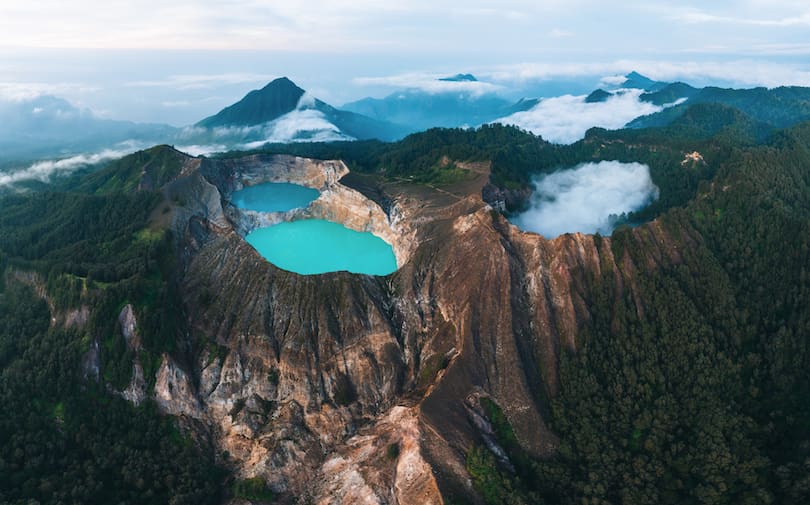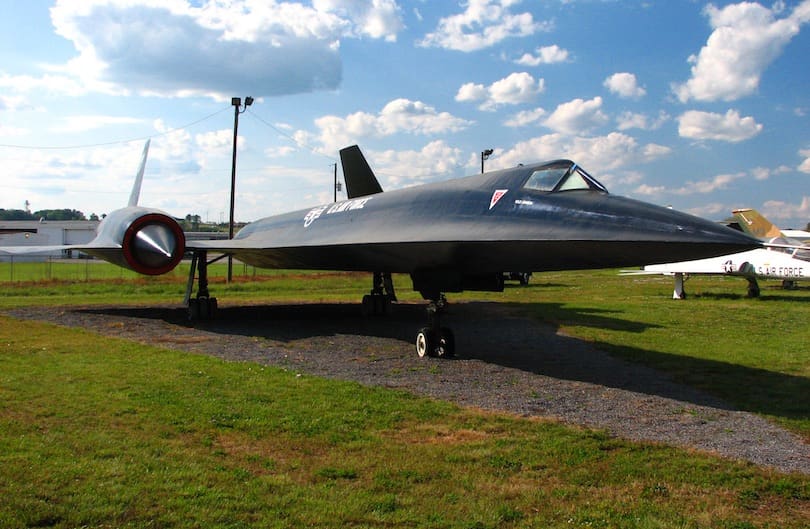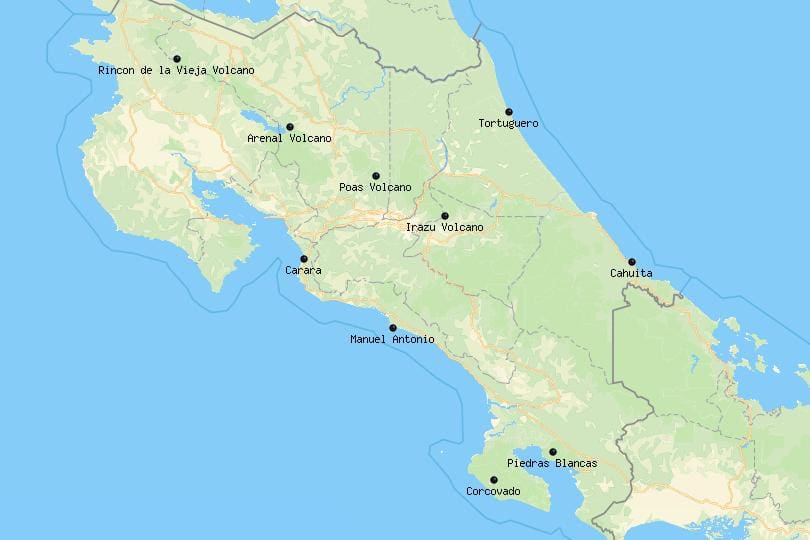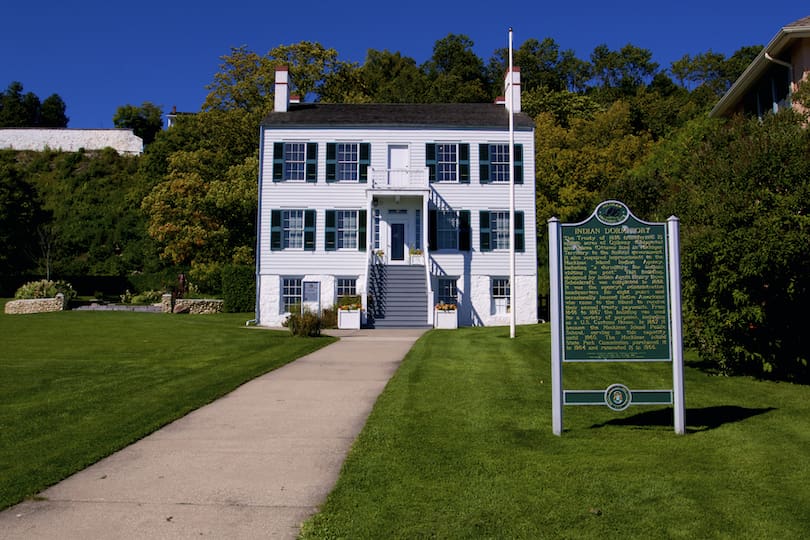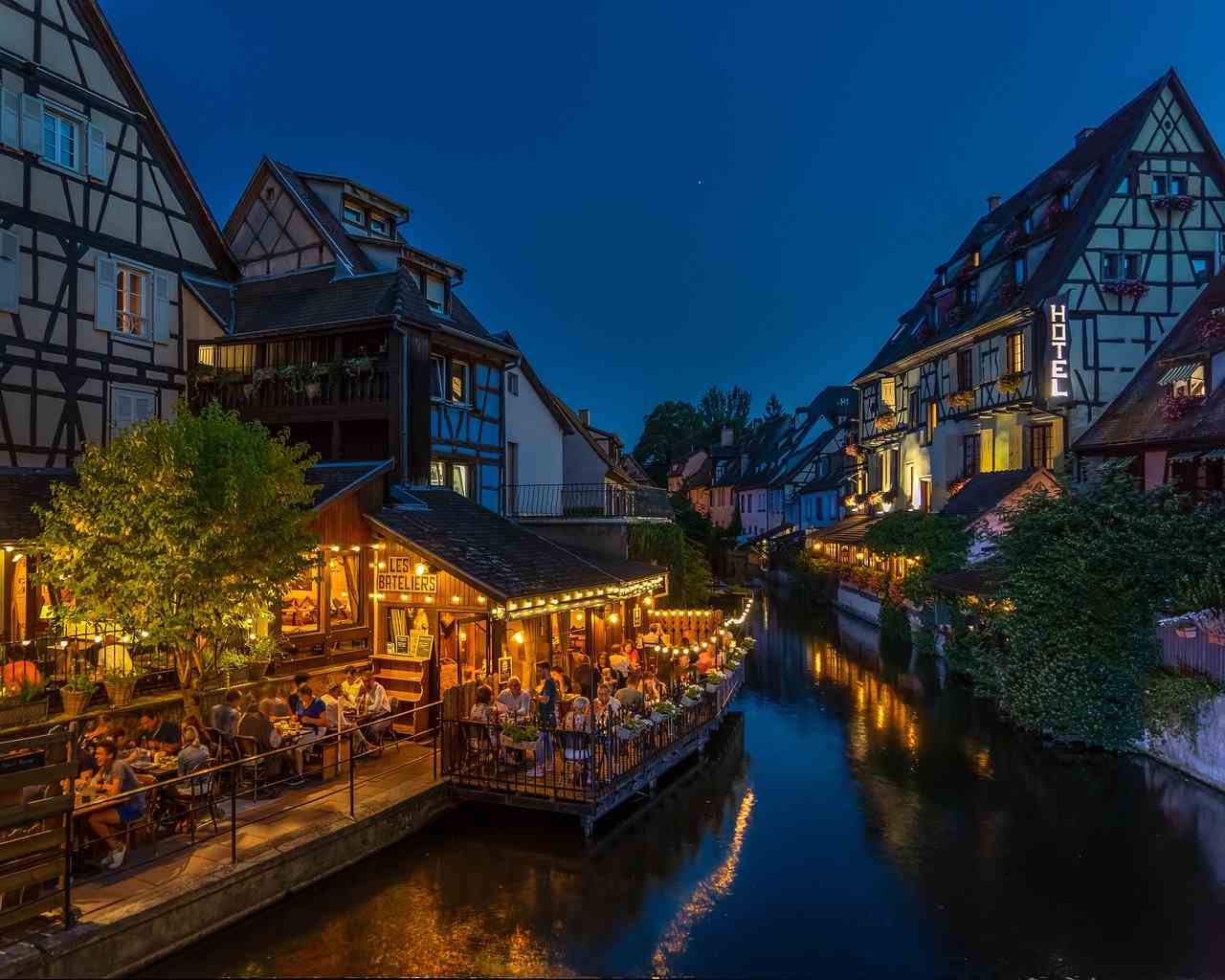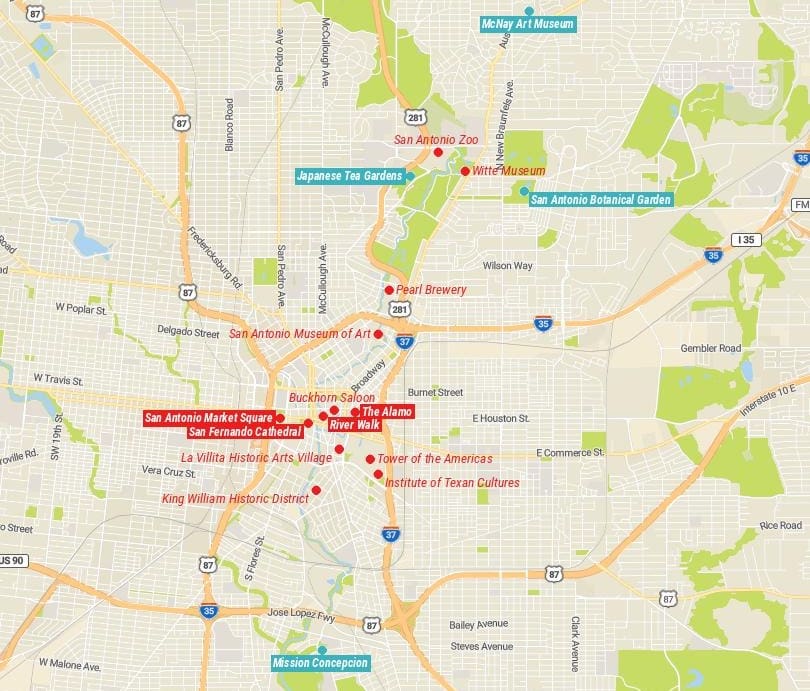Indonesia, the world’s largest archipelago, consists of 17,508 islands. With over 13,000 islands that are yet to be named, Indonesia is home to some of the most stunning natural landscapes and diverse cultures in the world. Among these islands, some are incredibly massive, both in size and population. In this article, we will explore the ten largest islands in Indonesia and discover their unique characteristics.
Java Island
Java Island is the most populous island in Indonesia and the world’s most populous island. It has a total area of 138,794 km², and it is the fifth-largest island in Indonesia. The island is home to the capital city of Indonesia, Jakarta, and some of the largest and most influential cities in the country, such as Surabaya, Bandung, and Semarang. Java is also known for its stunning volcanoes, rice paddies, and historical landmarks such as Borobudur and Prambanan temples.
Sumatra Island
Sumatra Island is the sixth-largest island in the world and the second-largest island in Indonesia, with a total area of 473,481 km². The island is home to a diverse range of ecosystems, from lush rainforests to active volcanoes. Sumatra is also home to the world-famous Lake Toba, the largest volcanic lake in the world, and the Bukit Lawang orangutan sanctuary, where visitors can see orangutans up close in their natural habitat.
Borneo Island
Borneo Island is the third-largest island in the world and the third-largest island in Indonesia, with a total area of 748,168 km². The island is divided between three countries: Indonesia, Malaysia, and Brunei. Borneo is famous for its dense tropical rainforests, which are home to a diverse range of wildlife, including orangutans, proboscis monkeys, and pygmy elephants. The island is also known for its stunning beaches, coral reefs, and traditional longhouses.
Papua Island
Papua Island is the second-largest island in Indonesia and the world’s second-largest island, with a total area of 786,000 km². The island is home to some of the most remote and untouched natural landscapes in the world, including the Baliem Valley and the Raja Ampat Islands. Papua is also home to a diverse range of indigenous cultures, including the Asmat people, who are known for their intricate woodcarvings and vibrant traditional dances.
Sulawesi Island
Sulawesi Island is the eleventh-largest island in the world and the fourth-largest island in Indonesia, with a total area of 174,600 km². The island is shaped like a starfish, with four large peninsulas extending from a central core. Sulawesi is home to a diverse range of ecosystems, from dense rainforests to coral reefs. The island is also known for its unique cultures, including the Toraja people, who are famous for their elaborate funeral ceremonies.
Bali Island
Bali Island is one of the most popular tourist destinations in Indonesia, known for its stunning beaches, vibrant nightlife, and rich cultural heritage. The island has a total area of 5,780 km², making it the 11th largest island in Indonesia. Bali is home to some of the most beautiful temples in the world, such as Tanah Lot, Uluwatu, and Besakih. The island is also known for its traditional Balinese dances, which are performed at temples and cultural events throughout the island. Bali’s unique blend of natural beauty, cultural heritage, and modern amenities has made it a top destination for tourists from around the world.
Timor Island
Timor Island is located in the eastern part of Indonesia and is the sixth-largest island in the country, with a total area of 30,777 km². The island is divided between two countries: Indonesia and Timor-Leste. Timor Island is known for its stunning beaches, coral reefs, and natural hot springs. The island is also home to a diverse range of cultures and languages, including the Tetum language, which is spoken in Timor-Leste.
Halmahera Island
Halmahera Island is located in the northern part of Indonesia and is the largest island in the North Maluku province, with a total area of 17,780 km². The island is known for its stunning natural landscapes, including active volcanoes, hot springs, and crystal-clear lakes. Halmahera is also home to a diverse range of wildlife, including the rare Wallace’s standardwing bird of paradise.
Seram Island
Seram Island is located in the eastern part of Indonesia and is the largest island in the Maluku province, with a total area of 17,454 km². The island is known for its stunning natural landscapes, including dense rainforests, crystal-clear lakes, and pristine beaches. Seram is also home to a diverse range of wildlife, including the elusive Moluccan cockatoo.
Conclusion
Indonesia is home to some of the largest and most diverse islands in the world. From the bustling cities of Java to the remote rainforests of Papua, each island offers a unique blend of natural beauty, cultural heritage, and modern amenities. Whether you are looking for a relaxing beach vacation, an adventure in the jungle, or a glimpse into traditional cultures, Indonesia’s islands have something to offer.
FAQs
- What is the largest island in Indonesia?
- The largest island in Indonesia is Papua Island, with a total area of 786,000 km².
- What is the most populous island in Indonesia?
- The most populous island in Indonesia is Java Island, with a population of over 140 million people.
- What is the most popular tourist destination in Indonesia?
- Bali Island is one of the most popular tourist destinations in Indonesia, known for its stunning beaches, vibrant nightlife, and rich cultural heritage.
- Are all of Indonesia’s islands inhabited?
- No, not all of Indonesia’s islands are inhabited. In fact, over 13,000 islands are still unnamed and unexplored.
- What is the best time to visit Indonesia’s islands?
- The best time to visit Indonesia’s islands is during the dry season, which runs from May to September.

